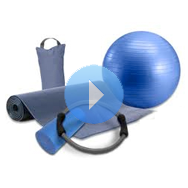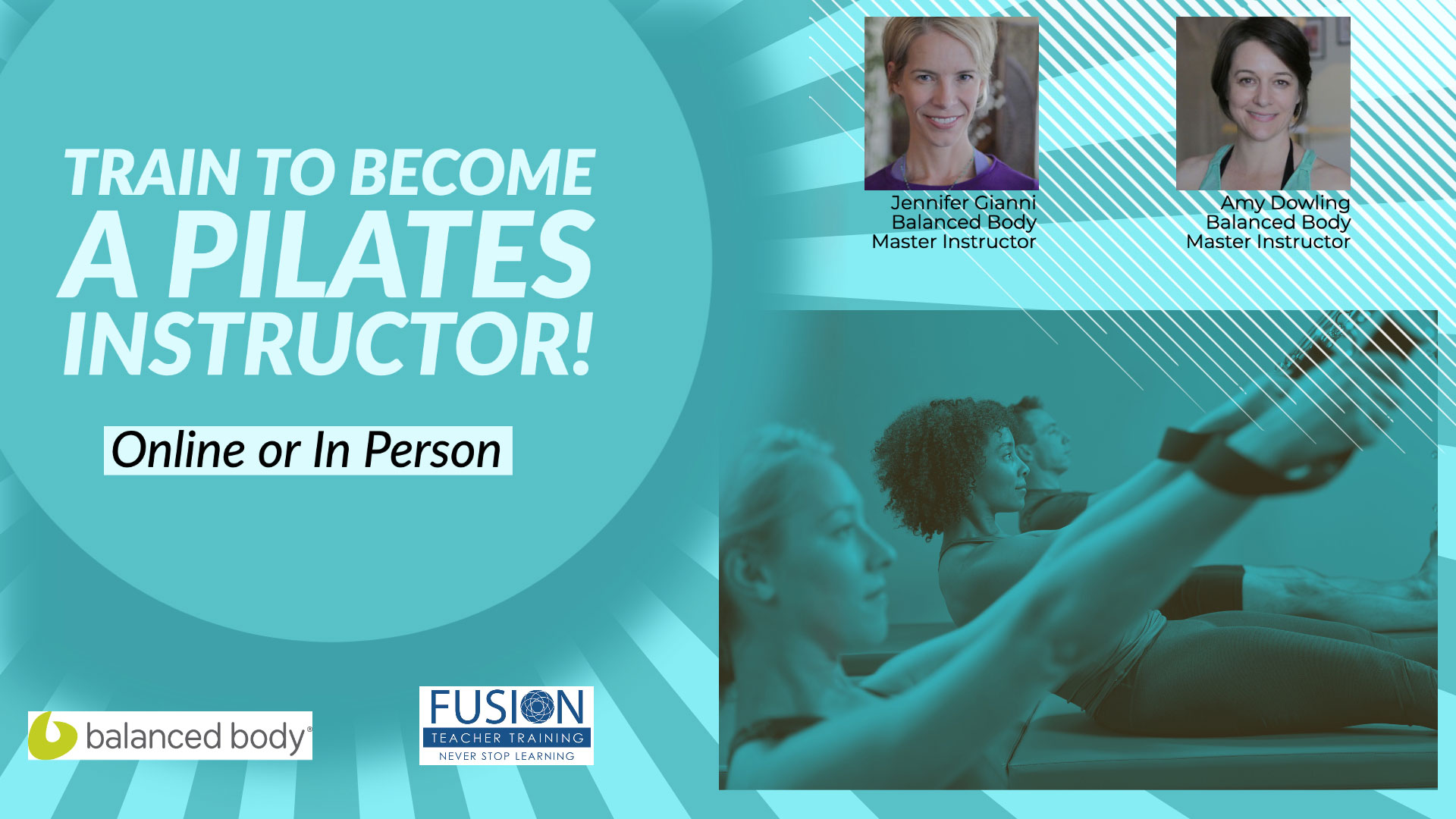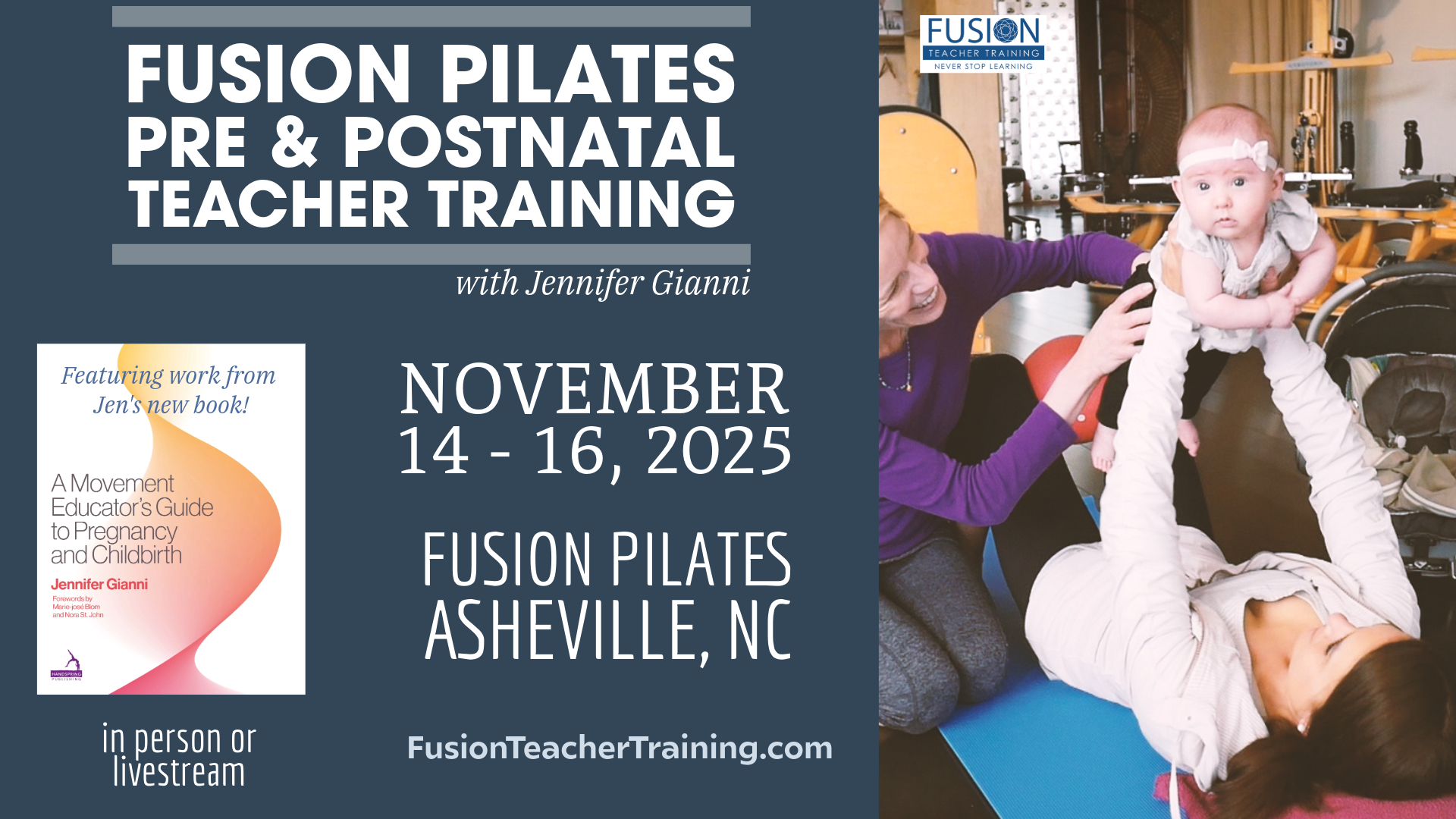
Many of us hold a great amount of tension in our first two cervical vertebrae. The suboccipitals are small deep muscles that connect the occiput, C1, and C2. Watch a simple exercise on the Overball that will help clients to balance these muscles that nod the head forward and back, and rotate the head side to side. This exercise will help clients achieve a balance of stability and freedom of movement in the neck.
Thanks for watching! Leave us your thoughts below.




Leave A Reply (2 comments So Far)
Please - comments only. All Pilates questions should be asked in the Forum. All support questions should be asked at Support.
You must be logged in to post a comment.
It’ s better relax the client at the beginning or at the end of the lesson ? M
Opening up the sub occipital area is not only essential to relaxation, but it is also beneficial in creating tension length in the spine. Remember that the whole of the spine is united by shared tissue. So by articulating the skull on C1 and C2, this movement is helping to free up space down the spine and into the pelvis. And with many people coming into studio from their desk or computer work, this motion is beneficial to do at the beginning of the session before the client goes into larger ranges of motion. As always, it is your job as a teacher to use the tools you have when it makes sense for the client in front of you. And that might mean that you can implement this work at the end of the session if need be. But by knowing why and how the occipital area as well as the cervical spine can move with greater ease and fluidity, you will have no problem injecting it into your sessions at just the right time!